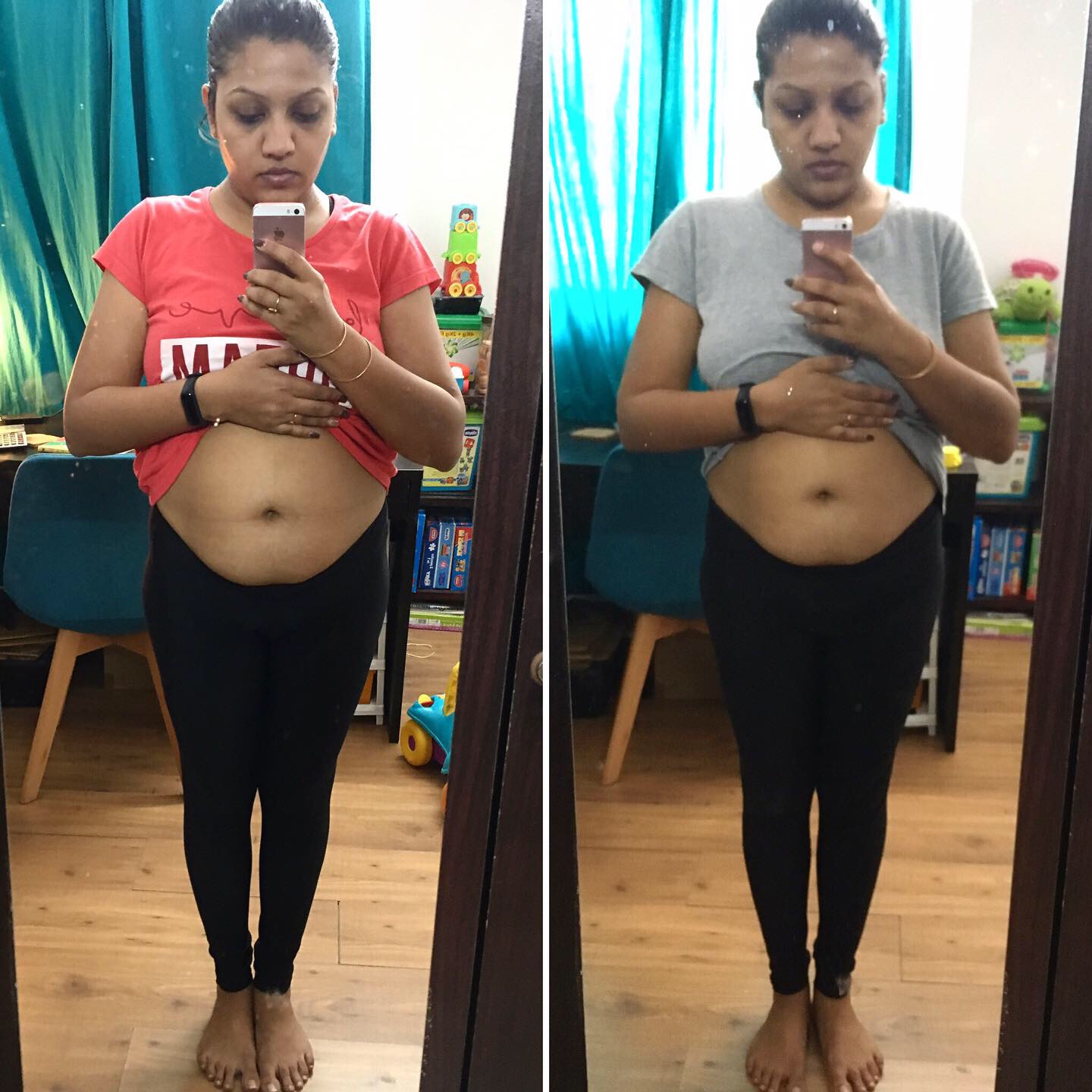
Moderate diets allow for many foods. You can eat milk or dairy substitutes, nuts, seeds, meat, poultry and refined carbs in moderation. While this diet is primarily vegetarian/vegan, you can eat a variety.
Metabolic typing
Metabolic Typing is a pseudoscience claiming that every person has a unique metabolism that requires different macromolecules. For one person, a certain ratio of macromolecules can be beneficial to their health, while for another person, that proportion may be harmful.
A metabolic typing diet chart can help determine the right macronutrient ratios for your body. Some people are more able to digest higher amounts of protein than others, while others can benefit from a diet that is primarily carb-based. The balance of macronutrients can have a big impact on your health and weight. Metabolic typing should only ever be used by healthy people. A medical professional can help you determine your metabolic type.
Plant-based diets
A plant-based diet offers many health benefits. It can even help prevent several diseases. This type of diet is free of oils, processed foods, and added sugars. This diet is high-fiber and low in saturated and cholesterol. It can help reduce body weight and LDL cholesterol which are two main causes of heart disease.

A plant-based diet consists of a variety of fruits and vegetables. It should contain at least two-thirds of plant-based foods. It should also contain very little meat or other animal products. It should also contain healthy fats, such as olive oil, nuts, seeds, and avocados. The diet should also include whole grains, beans, and fruits and vegetables.
Low-carb diets
Low-carb diets reduce the amount carbohydrates in a person’s diet relative to an average diet. These foods are replaced by foods high in fat and protein. These foods are more filling and satiating. People who are trying to lose some weight will benefit from a low-carbohydrate diet.
Your doctor should be consulted before you begin a low carb diet. Before you make any major changes, it is essential to find out if the diet is right for you. A low-carb diet reduces carb intake to below 26 percent. Carbohydrate intake should be between 45 and 65 percent of a person’s daily calories. This means that no one should consume more than 130g of carbohydrates each day.
Ketogenic diet
A Ketogenic diet uses fat as energy. This is accomplished through the reduction of insulin, which transforms the body into an efficient fat-burner. MCT Oil is often used in conjunction with ketogenic diets. This helps to increase ketones and fat-burning hormones.
A gallon of water is essential for anyone following the ketogenic lifestyle. Water regulates many bodily functions such as hunger. A steady supply can reduce insulin spikes, which in turn aids weight loss. Regular exercise is essential in addition to drinking plenty of fluids. Even walking for 20 minutes each day can help you lose weight and keep your blood sugar levels stable.

Atkins diet
Although the Atkins diet can be challenging, it also has many benefits. You can make a lifestyle change to be healthier for up to a year after starting the diet. This diet is very popular with people looking to lose weight long-term. It includes foods such as spaghetti squash, chicken meatballs, grilled fish, and low-carb vegetables. The diet also includes low-calorie versions of some popular foods, such as cucumber slices topped with cream cheese and celery sticks with peanut butter.
The Atkins Diet is getting more popularity than it has been criticised. Many doctors feel the diet is unsafe for people with particular health issues. According to American Medical Association, the Atkins Diet differs from those recommended by the American Dietetic Association and American Medical Association. Atkins is high in fat and not balanced and is devoid of essential nutrients and vitamins.
FAQ
How can busy people lose weight
It is best to eat less and exercise more to lose weight.
If you eat too much food, you'll gain weight. If you don't exercise enough, you'll also gain weight. Combining these two simple habits will help you lose weight.
Do cardio exercises work fast to help me lose weight?
Cardio exercises are great to burn calories but they won't necessarily help with weight loss. It all depends on how much weight you have and what type of exercise you do.
Cardio exercises may not be sufficient to lose weight if you are overweight.
These should be combined with diet and other forms of exercise.
Cardio exercises, such as running or jogging, can help you lose weight quickly. These exercises burn calories more than any other type.
However, resistance training is required if you wish to build muscles and not lose weight. Resistance training uses no weights or machines. It also includes elastic bands and free weights.
For fast weight loss, combine cardio with resistance training.
For fast weight loss, combine resistance and cardio training.
What length of Intermittent Fasting should I be doing to lose weight?
The answer may not be as straightforward as you think. When determining the number of days you should fast for optimal fat reduction, there are many factors to consider. These are:
-
Your age. You may find intermittent fasting too difficult if you're younger (under 40) because you have less time between fasts. Alternately, if your age is over 60, intermittent fasting might prove too challenging because you may not have enough energy to last for extended periods of time.
-
Your current body composition. A longer period of fasting is more beneficial for those with a lot of muscle mass. If you don't have a lot of muscle mass, shorter fasting periods may be more suitable.
-
How physically active are you. To ensure adequate rest between workouts, you might need to extend your fasting period if you exercise frequently.
-
Your past health history. People with heart disease, diabetes, and cancer may require extra fasting monitoring.
-
What is your tolerance for stress? Stressful situations often make us eat less. To avoid this problem, you may need to increase the length of your fasting windows.
-
Which type of diet you choose. Certain diets, like ketogenic diets, may require even longer fasting periods.
-
The quality of sleep you receive. A decreased quality of sleep can also be linked to decreased appetite and metabolism. Therefore, it may take some experimentation before determining what works best for you.
-
Your daily intake of protein. Protein stabilizes blood sugar levels. Therefore, eating more protein could result in lower insulin levels. This would allow you to fast for longer periods of time.
-
No matter if you are trying gain or lose weight. People trying to gain weight often need longer fasting periods than people trying to lose weight.
-
What percent of your daily calories are you consuming during your fasting time? You may lose more weight if you eat fewer calories each day than if you eat more.
-
Your overall fitness level. People who are fit and fast burn more calories per day.
-
Your gender. Men typically have larger appetites than women, so they may need to fast for slightly longer periods of time. Women are more likely to have smaller appetites and may need to fast only 20-30 minutes every day.
-
Your lifestyle. Are you someone who gets plenty of physical activity? Do you exercise multiple times a week or do you just go to the gym? Do you have a job that requires you to sit at a desk all the time? All these factors can have an impact on how much time you should speed.
-
How much money are you willing to spend on food? You don't have to spend much on groceries to eat healthy food. Whole grains can be substituted for white bread, whole fruits can be purchased instead of candy bars and lean meats over fatty cuts.
-
It's important to manage your hunger. You may not have to fast as often if it is important to eat regularly.
What can I have in the morning when I'm intermittently fasting?
Get water in the morning. This will make you feel fuller and give you energy all day. If you want to add flavor, try adding lemon juice or cucumber slices.
Statistics
- One 6-month study showed that simply doing 11 minutes of strength-based exercises 3 times per week resulted in a 7.4% increase in metabolic rate, on average. (healthline.com)
- Among women, the increase in metabolic rate was nearly 4%, or 50 more calories per day (14Trusted Source (healthline.com)
- One study in 9 active men found that HIIT burned 25–30% more calories per minute than other types of exercises, including weight training, cycling, and running on a treadmill (18Trusted Source (healthline.com)
- It's estimated that half of all American adults attempt to lose weight every year (1Trusted (healthline.com)
External Links
How To
How to exercise for weight loss
The best way to lose weight is through exercise. Many people are not aware of how to properly exercise. Cardio exercises include walking, running, swimming and cycling. Strength training should also be included such as lifting weights, doing pushups, pullups, squats, lunges etc. Combine these two types together to lose weight. Find friends who are open to joining you on your exercise journey. You have the option to go to a gym, but you also have the option of walking around the neighborhood. No matter which type of activity, you need to be consistent with it. It is easy to lose track of your workouts when you first begin. Don't despair if things don't go as planned. Just keep going!